Microsoft BUILD: Windows 8, A Pre-Beta Preview
by Brian Klug & Ryan Smith on September 13, 2011 12:05 PM EST- Posted in
- BUILD
- Windows
- Microsoft
- Windows 8
- Trade Shows
The Technical Side Of Windows 8: Cont
Moving up the chain, Microsoft has added a number of base class drivers for hardware in Windows 8. This includes not only USB 3, but also class drivers for mobile broadband radios, sensors, and even printers. For printers this means Windows 8 can print to roughly 70% of all Windows 7 certified printers without an additional driver, which is nearly a necessity for Windows 8 as an ARM tablet OS, as drivers may not be available and tracking down a driver flies in the face of the modern pre-configured OS model for tablets.
For mobile broadband things are a bit more interesting. With this addition mobile broadband is being promoted to a first class connectivity option, right up there with Wi-Fi and Ethernet. Mobile broadband hardware can then be integrated into a laptop or a tablet or added via a dongle without requiring a driver or a complex dialer/manager application. Managers will still exist in a lesser form as a Metro application; Microsoft included one such example with the tablet we tested, which had a working AT&T 3G modem and its associated management application.

Windows 8 will also be aware of the limitations of mobile broadband connections, with an emphasis in usage caps. Given appropriate information by the ISP Windows 8 knows to halt background download processes (e.g. Windows Update, weather updates, RSS) to keep them from consuming valuable bits, and to notify the user if the device is approaching the cap and would be subject to overages. Along these lines Windows 8 also knows to switch to another source (i.e. Wi-Fi) when it’s available to avoid using up those metered bits.
We’ve mentioned permissions before when talking about the Windows Store, but it seems prudent to mention it again. For Metro applications Windows 8 will have a more fine grained permissions model than existing low/user/admin level privileges, by implementing Android style permissions. Metro applications will only be able to access the resources and data they were approved for, reducing the ability for a compromised application to be used as a launch pad for further attacks.
Our next stop on our look at the technical details for Windows 8 is the boot process. Microsoft put up an interesting blog last week discussing Windows 8’s new boot process, which was reiterated here – Windows 8 boots up much faster than Windows 7 thanks to the fact that only user processes are shut down, meanwhile the kernel is hibernated rather than shut down, shaving off a lot of time that would be needed to reload the kernel from a fresh boot. Realistically you need a motherboard with a very fast POSTing sequence, which means this is best paired with UEFI-based OEM boards. Certainly self-built systems will improve too, but we would not expect by as much.
The other new fact discussed about the Windows 8 boot process was that Microsoft is making another push to secure it through chain of trust hardware (presumably a TPM module), this time under the name Secure Boot. Utilizing the chain when available, if Windows 8 detects that a boot component has been modified it will fail the boot and kick over to the Windows Recovery Environment to restore the OS to a fixed state. With ARM devices (and even most PC tablets) the use of this feature will be a given, but obviously TPM hardware is much rarer on laptops and desktops.
Windows’ anti-malware features will also be making an appearance in the boot process. Windows Defender (which now includes Microsoft Security Essentials) now loads immediately after the critical boot components are loaded, allowing Defender to check everything that wasn’t protected by the Secure Boot process above.
Finally when it comes to booting, the last bastion of the CLI in the Windows boot process is gone. The F8 menu has been replaced with a GUI based Windows Recovery Environment. The WRE goes hand in hand with two other recovery features: Refresh and Reset.
Reset is a Windows-based implementation of OEM OS recovery partitions: when Reset is triggered, the entire system is overwritten by the restoration copy. As for Refresh it’s a bit more nebulous; it’s apparently a new implementation of Windows’ existing Last Known Good Configuration, allowing users to revert anything crapware may have done. But we don’t have the full details on its underpinnings at this time.

Last, but certainly not least we have the Task Manager. Other than a couple of minor changes with Windows Vista the Task Manager has remained nearly unchanged for years, so of course Microsoft has gone ahead and overhauled it. By default the new Task Manager is extremely simplified and only lists running user applications, thereby ensuring users only close applications and not background processes and such by mistake.
In detailed most the Task Manager takes on a more traditional appearance, giving you greater details about all of the running processes (including breaking them down by application or background process), but also a number of new performance metrics (largely taken from Windows 7’s performance monitor), and even an over-time breakdown of the resource usage of all of the system’s installed Metro applications. Interestingly the Task Manager itself is not strictly Metro, but rather a desktop application that doesn’t require the desktop environment to be loaded.


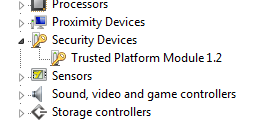
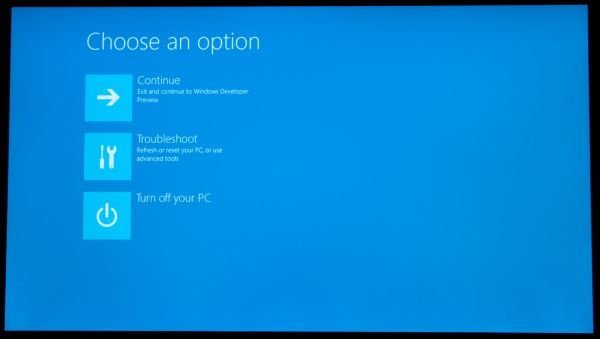
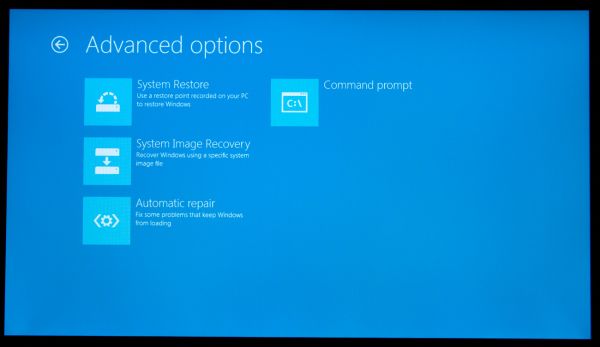
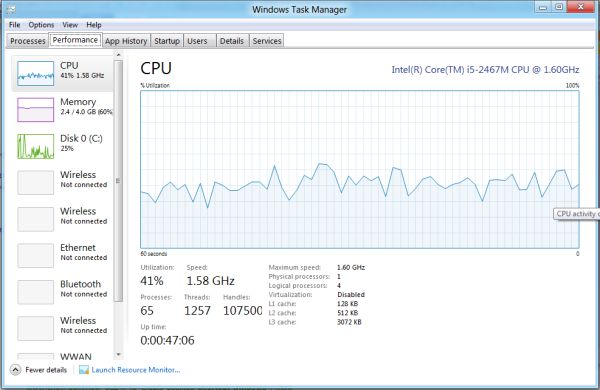
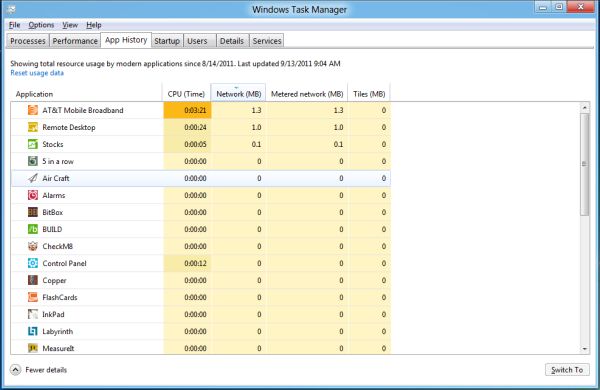








235 Comments
View All Comments
kevith - Friday, September 16, 2011 - link
Read the review, manaugiem - Wednesday, September 14, 2011 - link
I agree. This is an experiment... and one that is doomed to failure. Designers tend to be people of extremes and always push for "change" simply for change's sake. (Because it makes them look good, as if they're thinking outside the box. Contrast is easy to spot.) This is a knee-jerk reaction to the success of iOS. No power user or even business user will accept this because plain and simply it's a huge speedbump to productivity. iOS was so successful because it was targeted at an audience that was only interested in consumption, and even limited consumption at that. Desktops more often than not NOT used in a consumtive manner. (This of all the people sitting at work typing stuff into spreadsheets and running CSR software). This will not fly. It's an attempt to look "modern" by simplifying things for the unwashed masses, but it ain't gonna work. They're going to have to split windows into yet another branch, this time for consumption devices like tablets and media center PC's. This is a joke (and not a funny one) to any power user. Live titles??? Give me a break. Like I said, it's for consumption boxes. Who needs live titles to do your video editing / word processing / data crunching / etc job?futurepastnow - Tuesday, September 13, 2011 - link
Are we, as a society, so stupid and juvenile that we need big colorful buttons for everything? When you use this with a mouse and keyboard, not a touch tablet, you're going to feel stupid.Look! It's a button that's four inches across! I hope I don't miss it with the mouse cursor! *click* Oh, good, I got it. Boy, those little icons Windows 7 had sure were hard to click on.
And I am deeply concerned about my ability to turn this Metro s**t all the way off. Microsoft has stated that you won't be able to use Windows 8 without Metro. Folks saying "just turn it off" don't seem to get it- the Start Menu is *gone* in Windows 8 and this garbage has replaced it. Metro is the shell; it can't be turned off, yet. I think it's probable that MS will backtrack off its idiotic stance of forcing Metro on us, but they may not.
You think people want live icons? Remember the Sidebar? Neither do I. Nobody uses the Dashboard on OSX, either.
BioTurboNick - Tuesday, September 13, 2011 - link
The point is that they aren't just buttons, they are ways to see what is contained within the button or display information. I honestly don't get what's wrong. How often do you keep the start menu open? If everything you do is on the desktop, you'll barely ever see it.UMADBRO - Tuesday, September 13, 2011 - link
I know I rarely ever open mine. I have all the commonly used programs and links pinned to my taskbar. People are gonna piss and moan no matter what. Just ignore them.futurepastnow - Wednesday, September 14, 2011 - link
I don't leave the start menu open. That isn't the point. The point is that the start menu is not fullscreen.All of this Metro crap is fullscreen and it's so integrated into the OS that it can't all be turned off. It's silly fluff for touchscreens, and why should it cover up everything else I'm doing, every other window I have open, whenever the OS decides it needs to go fullscreen?
Fullscreen applications are not progress. They are, in fact, anti-progress, and just because Apple is doing it is no excuse. The olny things that should ever be fullscreen are movies and games and sometimes not even them.
This is not progress.
Ratman6161 - Wednesday, September 14, 2011 - link
As I have said elsewhere, my desktop is always hidden behind the many application windows I have open at any given time. Whatever information the buttons are displaying is irrelevant to me since I will rarely if ever see it.futurepastnow - Wednesday, September 14, 2011 - link
The big colorful buttons aren't going to be underneath all of your open windows. They're not on the desktop at the bottom. They''re going to be ON TOP OF your open windows any time you do anything that invokes the Metro interface- which will be often.Wraith404 - Thursday, September 15, 2011 - link
Not if you turn the garbage off. I feel for developers that waste time creating metro applications for anything but tablets. It's going to be hard disabled on 90% of desktops.futurepastnow - Thursday, September 15, 2011 - link
I'm not sure the average computer mom and pop computer user is going to be proficient enough to turn it off. They're just going to be angry about it, the way they were angry about Vista's aggressive UAC.Not good for Microsoft.